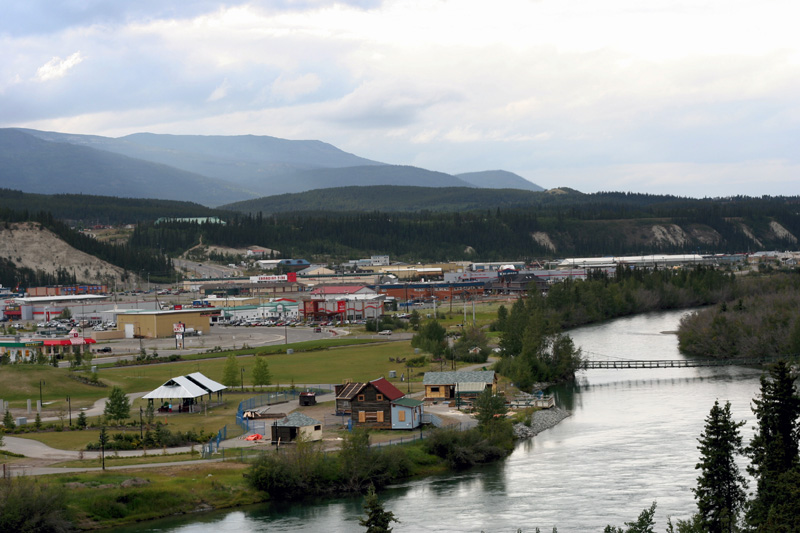The southernmost continent of the world is Antarctica. It is about twice the size of the Australian continent, 98 percent of which is covered by ice. There is no end to the curiosity of people around this continent of ice. However, Antarctica is not on the list of travel thirsty. The only reason for this is the unfavorable weather and environmental conditions here.It is not possible for humans to survive in the coldest places on earth. But fearless and well-restrained explorers and scientists have found a way to survive there. In most places listed below, ordinary thermometers will not work. Your skin will freeze in a few minutes and your breath droplets will turn into crystals as you exhale.
- Dome Fuji, Antarctica
Dom Fuji is also called Dom F or Valkiri Dome. It is an Antarctic base and is located at 77 ° 30′S 37 ° 30′E in the eastern part of Queen Maudland. At 3,810 meters above sea level it represents the second highest peak or ice dome of the East Antarctic ice and the ice division. Arch F is the site of Dome Fuji Station, an exploration station worked by Japan. It’s bitterly cold outside. This arid, frigid desert was designated the coldest place on Earth, with a temperature of -92.3°C, breaking the previous record of the Vostok station (see below), which had stood since 1983. In August, 2010, the lowest temperature was -93.2°C.
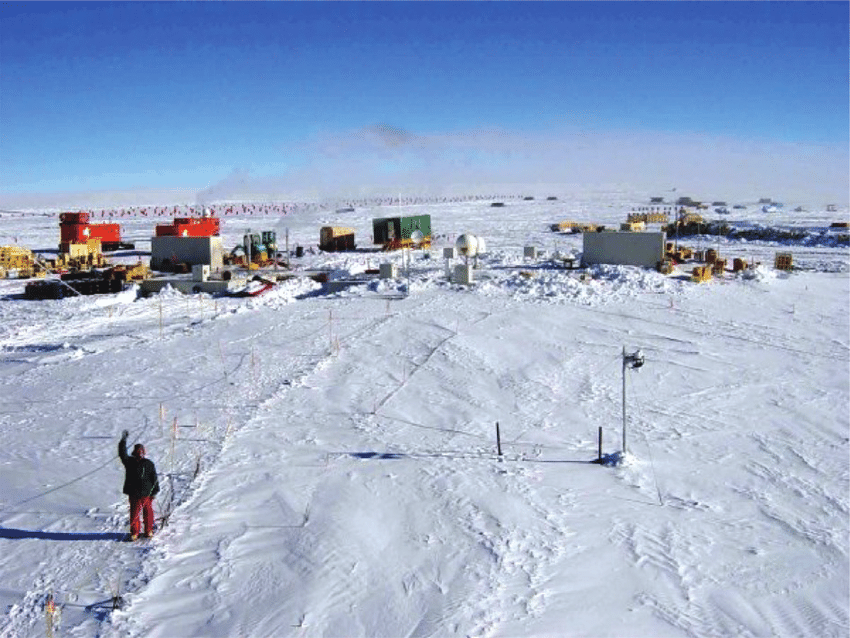
Curve Fuji is an ice vault rising to around 3,700 m in the eastern piece of Queen Maud Land. In 1963-64, a Soviet Antarctic Expedition oversnow explore crossed the north piece of the curve at an ascent of in excess of 3,600 meter. Inferable from its area on the Antarctic level and the high height, Dome Fuji is probably the coldest spot on Earth. Temperatures once in a while transcend – 30 °C in summer and can drop to – 80 °C in winter. The yearly normal air temperature is – 54.3 °C. The environment is that of a virus desert, with extremely dry conditions and a yearly precipitation of around 25 millimeters of water same, which falls completely as ice gems. Arch Fuji Station was set up as “Vault Fuji perception base” in January 1995. Its name was changed to “Arch Fuji Station ” on April 1, 2004. Situated at 77°19′S 39°42′E, it is isolated from Showa Station by around 1,000 km.
Despite the fact that temperatures rarely exceed -30°C in this region, humanity have miraculously found ways to live and work there. The adjacent Dome Fuji Station was founded in 1995, and ice cores excavated in the area provide a view into the region’s 720,000-year paleoclimatic history. Do you want to come? Bring a Thermos to keep your drinks warm.
2. Vostok Research Station, Antarctica
The Vostok Outpost is a Russian research station in Antarctica’s interior Princess Elizabeth Land. The station, which was established by the Soviet Union in 1957, is located near the southern Pole of Cold, with the lowest consistently documented natural temperature on Earth of 89.2 degrees Celsius. Ice core drilling and magnetometry are two of the research methods used. Vostok was named after the Russian Antarctic Expedition’s primary ship, the Vostok. Surprisingly, one of the coldest spots on Earth is also one of the sunniest. The Vostok Research Station in Antarctica receives more than 22 hours of sunlight per month in December. In contrast, there are exactly zero hours of sunlight during the polar night, and Vostok has the lowest mean annual temperature of any weather station on the planet. In July, 1983 the lowest temperature was -89.2°C
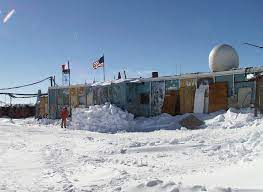
The Soviet Union founded the station in 1957, and it is now the subject of exciting research. Scientists have drilled into Lake Vostok, a massive subglacial lake hidden beneath the ice, using ice cores and magentronomy. They uncovered a microbial and multicellular organism environment that had previously been cut off from the rest of the planet.
3. Amundsen-Scott South Pole Station, Antarctica
The South Pole Station is the southernmost point under the United States Ward and the United States Logical Exploration Station at the South Pole of the Earth. There is United States scientific research station The station is located 2,835 meters (9,301 feet) above sea level in Antarctica. Individuals who live and work at the Amundsen-Scott South Pole Station see just a single dawn and one nightfall a year, so maybe it’s not shocking that it’s the site of probably the coldest temperatures at any point recorded. Arranged high on the Antarctic level, the station sits near 3,000m above ocean level. Indeed, even a late spring’s day here is probably not going to climb a lot higher than – 12°C. It is directed by the Division of Polar Programs of the National Science Foundation, explicitly the United States Antarctic Program (USAP). It is named out of appreciation for Norwegian Roald Amundsen and Englishman Robert F. Scott, who drove separate groups that dashed to turn into the first to the shaft in the mid 1900s. In June, 1982 the lowest temperature was -82°8C.
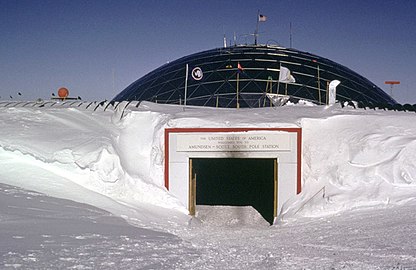
The station has been for all time involved since the United States fabricated the a respectable starting point here in 1956 and today the normal populace is around 150 (albeit this drops to a skeleton group throughout the colder time of year). Researchers at the station work on everything from neutrino exploration to biomedical work to perceptions of the astronomical microwave foundation with the South Pole Telescope.
4. Dome Argus, Antarctic Plateau
Vault An or Dome Argus is the loftiest ice arch on the Antarctic Plateau, found 1,200 kilometers inland. It is believed to be the coldest normally happening put on Earth; with temperatures accepted to reach −90 °C (−130 °F) to −98 °C (−144 °F). It is the most noteworthy ice highlight in Antarctica, comprising of an ice arch or distinction of 4,093 meters’ rise above ocean level. It is situated close to the focal point of East Antarctica, roughly halfway between the huge head of Lambert Glacier and the geographic South Pole, inside the Australian case. How low would we be able to go? Researchers accept we may discover at this site. Arranged near the ebb and flow record-holder Dome Fuji, a seat taking perusing has not yet been made at Dome Argus however scientists guess that a close by edge is home to the coldest normal conditions on Earth. In July, 2005 the lowest temperature was -82.5°C.
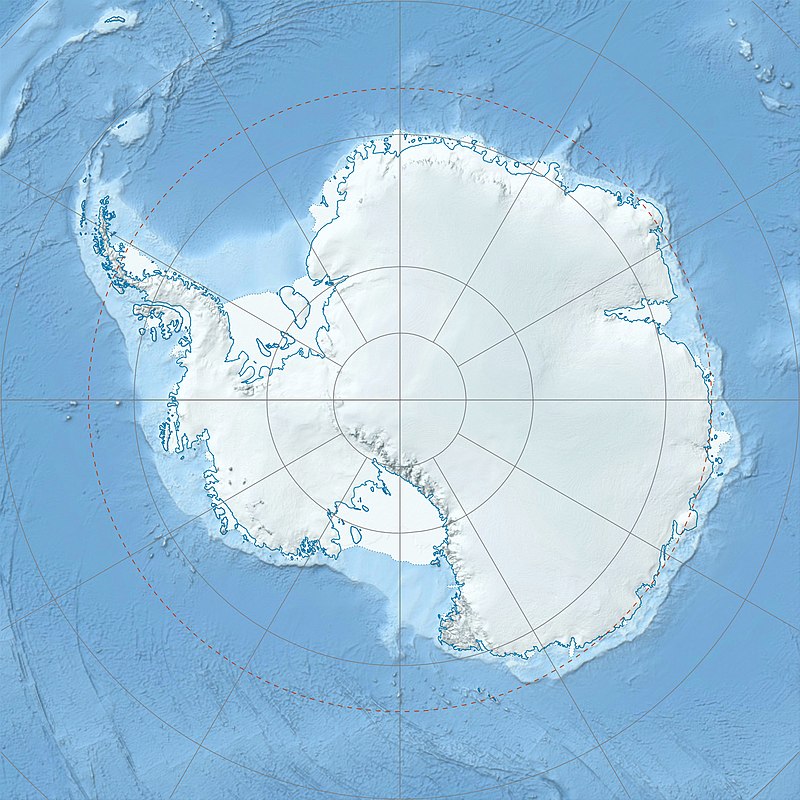
Arch Argus is situated on the monstrous East Antarctic Ice Sheet, and is the most noteworthy ice highlight of Antarctica.[3] Dome A will be a grandiose ice unmistakable quality, the most elevated roof of the Antarctic Plateau, and the rise outwardly isn’t recognizable. Beneath this huge arch, under no less than 2,400 m (7,900 ft) of ice sheet, lies the Gamburtsev Mountain Range, about the size of the European Alps. In 2018, a group at the University of Colorado at Boulder utilized infrared planning innovation to recognize locales in eastern Antarctica where temperatures could fall beneath – 90°C. These happen in shallow geological miseries close to the most noteworthy piece of the ice sheet, at 3,800 to 4,050m rise, and Dome Argus is one of the great competitors.
5. Denali, Alaska
Denali is the highest peak in North America. It is known as Mount McKinley. It is located near the focal point of the Alaska Range.The most elevated mountain top in North America is an astounding, forcing sight, transcending more than 6,000m above ocean level. It’s likewise a climber’s heaven, yet you’ll require an outstanding base layer in case you’re contemplating a rising. A climate station set near the culmination recorded the coldest temperature on record in the United States in 2003: a chilly – 73.8°C.
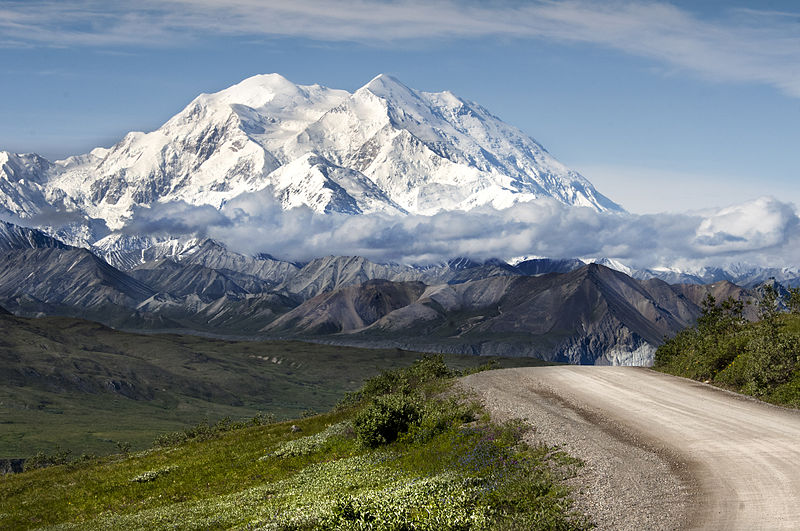
Denali’s true rise figure of 20,310 feet (6,190 meters), set up by the United States Geological Survey in September 2015, was the result of an intensive remeasurement of the mountain’s stature led before that year utilizing cutting edge gear. The new worth supplanted the long-standing figure of 20,320 feet (6,194 meters) that had been the authority height since the mid 1950s. Prior endeavors to quantify the mountain’s tallness had yielded various qualities. One such review, directed in 2010 utilizing progressed radar innovation, was unveiled in September 2013 and gave its height as 20,237 feet (6,168 meters). Nonetheless, that estimation still up in the air to be erroneous.Once known as Mount McKinley, the US government returned its authority name to Denali – the name utilized by the Koyukon public, who occupy the region around the mountain.
6. Verkhoyansk, Russia
Verkhoyansk, additionally spelled Verchoiansk or Verchojansk, town, Sakha (Yakutiya), far northeastern Russia, on the Yana River close to its conversion with the Sartang. Established as a fortress in 1638 and today a minor focus of tin and gold mining, Verkhoyansk is noted mostly for its outstandingly low winter temperatures, with a January normal of −49 °C. Its minimum,−67.6 °C is outperformed exclusively by Oymyakon on the Indigirka as the least at any point recorded external Antarctica. Its most noteworthy recorded greatest, 38 °C happened on June 20, 2020, during a period where Siberia experienced uniquely high spring and summer temperatures. Pop. (2006 est.) 1,309. Home to around 1,000 individuals, this Russian town sits inside the Arctic Circle and is one of the spots thought about the northern ‘Pole of Cold’, where the coldest temperatures have at any point been recorded in the northern half of the globe.
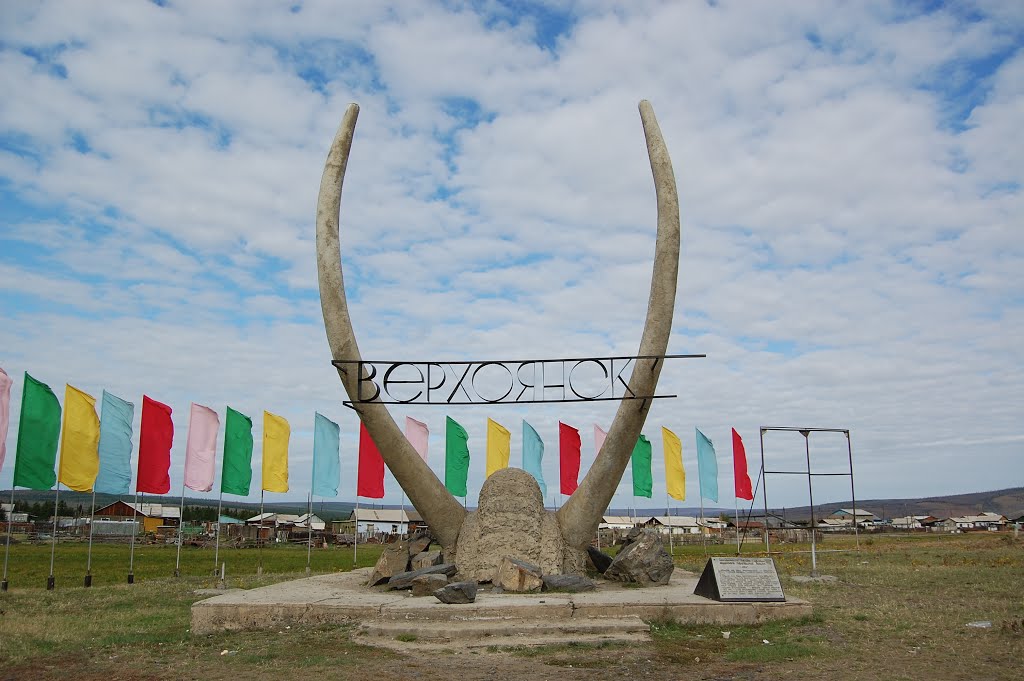
Cossacks established an ostrog in 1638, 90 kilometers (56 mi) southwest of the cutting edge town. The ostrog’s name “Verkhoyansky”, generally interpreting from Russian as the town on the Upper Yana, gotten from its geological area on the upper ranges of the Yana River. In 1775, it was moved to one side bank of the Yana River to work with charge assortment. It was allowed town status in 1817. Between the 1860s and 1917, the town was a position of political outcast, with a portion of the more noticeable outcasts including the Polish essayist WacławSieroszewski, just as Bolshevik progressives Ivan Babushkin and Viktor Nogin. Its interesting environment is made by a space of cold thick air called the Siberian High. The region is inclined to temperature reversals, pockets where temperatures really ascend with height. Amazingly, Verkhoyansk consistently sees summer temperatures higher than 30°C; the town is host to the absolute most prominent temperature vacillations among winter and summer anyplace on Earth. Also, we think the UK is alterable.
7. Summit Station, Greenland
Summit Station is an all year staffed research station close to the pinnacle of the Greenland ice sheet. The station is situated at 3,216 meters above ocean level. The number of inhabitants in the station is ordinarily five in wintertime, and has a limit of 38 in the late spring. The station is worked by the United States’ National Science Foundation through the strategic help worker for hire Battelle Arctic Research Operations (Battelle ARO). A grant from the Danish Polar Center (Danish: Dansk Polarcenter) under the sponsorship of the Home Rule Government of Greenland (Greenlandic: KalaallitNunaanniInatsisartut) is needed to visit the station. Greenland, the biggest island on the planet, is scantily populated, attributable to a huge ice sheet that covers quite a bit of its territory. Setting up climate stations in this cold environment includes fearless researchers navigating the territory on snow mobiles with their instruments in toe. Its Minimum temperature was -69.4°C in December, 1991.
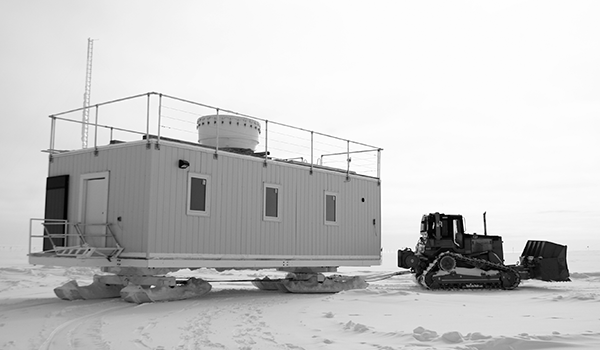
Awesome, however. Just as fundamental environment science, these stations have recorded probably the most outrageous conditions in the northern side of the equator. The Klinck Research Station sits near the most noteworthy point on the ice sheet, presented to the most exceedingly awful of the dry, cold mainland environment.
8. Oymyakon, Russia
Oymyakon is a rustic territory in Oymyakonsky District of the Sakha Republic, Russia, situated in the Yana-Oymyakon Highlands, along the Indigirka River, 30 km northwest of Tomtor on the Kolyma Highway. By winter normal temperatures, it is the coldest for all time possessed settlement on Earth. It is named after the Oymyakon River, whose name supposedly comes from the Even word kheium, signifying “thawed fix of water; place where fish spend the colder time of year”. Nonetheless, another source expresses that the Even word heyum ,which signifies “frozen lake”, might be the place where it gets its name. Its minimum temperature was -67.8°C in February 1933
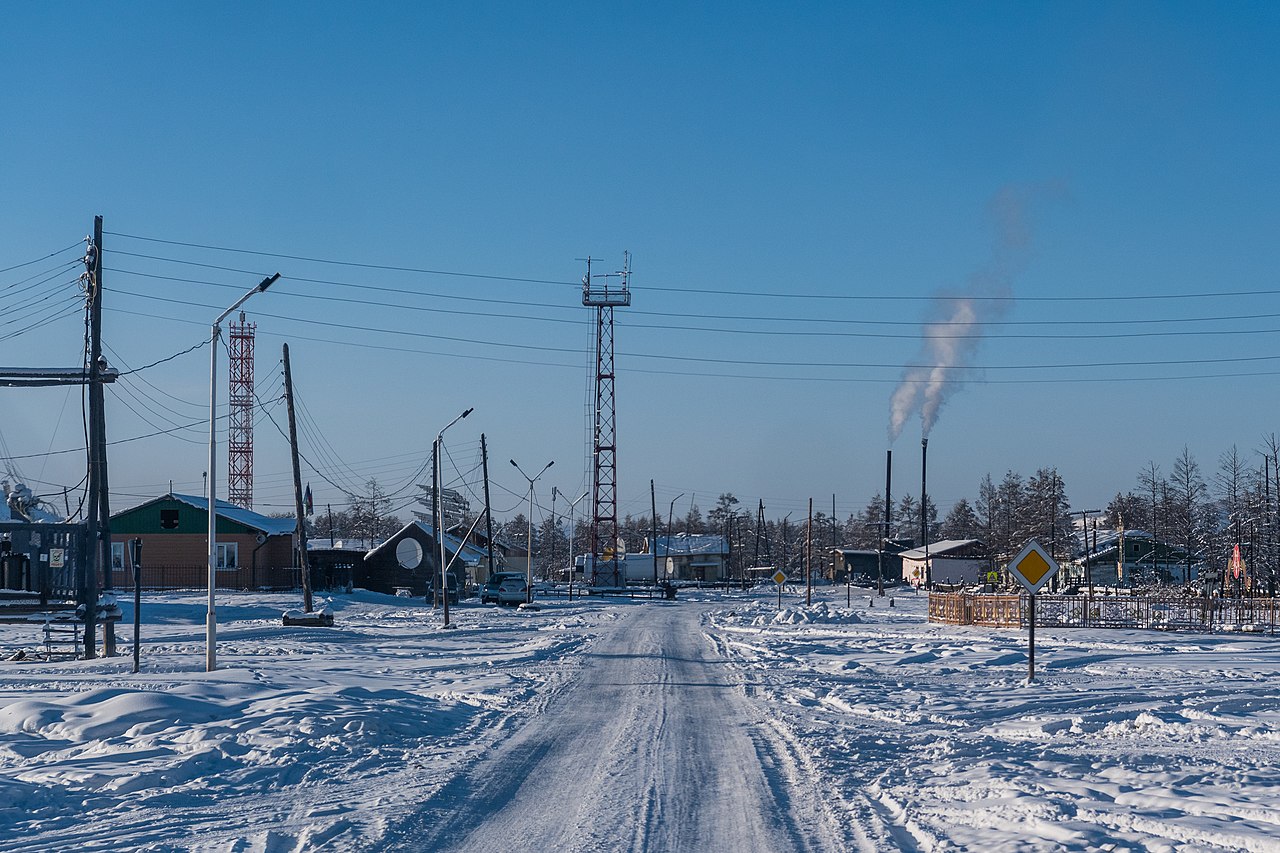
Oymyakon has two primary valleys close to it. These valleys trap wind inside the town and establish the colder environment. The temperatures here are amazingly cold consistently, and it snows every now and again in the spring and in the fall, however in winter and summer it once in a while snows, because of the Siberian High in winter and temperatures are ordinarily over 0 °C in summer. Schools are shut in case it is colder than −55 °C.
9. North Ice, Greenland
The Greenland Ice Sheet is covering 79% of the surface of Greenland. It extends 1570 Km. north-south. It is the second largest ice body in the world, after the Antarctic ice sheet. As the titles would imply, Greenland has a significantly lower average temperature than Iceland. Permanent ice sheets comprise 11 percent of Iceland’s landmass, according to the United Nations. Although this is impressive, it pales in comparison to Greenland’s 80 percent ice sheet cover. In January, 1954 the least temperature was -66.1°C.
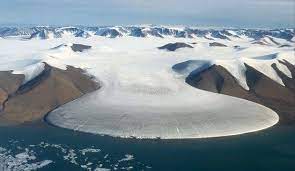
10. Yukon, Canada
The Yukon of Canada should be noticed. We are talking about a small village located in Canada.It is located 25 kilometres east of Beaver Creek, Yukon, Canada Currently, the minimum possible temperature has dropped to -36 degrees Celsius. The winter is so severe that the wooden houses crack. There are no plants to heat the sheets. Despite this, people live here! It is a research center where only 8 people live. Naturally, they are the scientists who are responsible for the effectiveness of the object. A record low frost temperature was recorded in 1947. According to the instrument index, it reached 55.3 degrees Celsius below zero. It is impossible to see the sun in this place from October to February. The average annual rate is -16 degrees. Despite such poor conditions for plant development, the place has many different flowers and animals. At present the temperature does not fall below -40 ° C. In February, 1947 the least temperature was -62.7°C.
